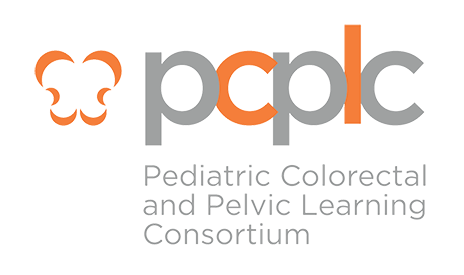ANORECTAL MALFORMATIONS
WORKUP FOR ARM
After birth, babies are examined to ensure that the newborn’s anus is open and in the correct position. If the anal opening is absent or in the wrong spot, the doctor will look for stool coming out of the urethra, vagina, vestibule (area between the labia behind the vaginal opening), or skin near the expected anal position (usually anterior to the normal location) within the first 48 hours after birth. If stool passes from an abnormal location or no anus is identified, the doctor will do a number of tests to better understand the anorectal abnormality. Other medical tests will also be performed to evaluate for any associated anomalies involving the heart, genitourinary system, spine and spinal cord. These studies might be:
- X-rays of the pelvic area to show how far the rectum reaches, and to see if there are any problems with the way the lower spine has developed.
- Abdominal and pelvic ultrasounds to examine the urinary tract more closely looking for blockages or abnormal fluid collections. Sometimes an additional test, a voiding cystourethrogram (VCUG), will be performed for further examination of the urinary tract. In girls, an ultrasound will also evaluate the vagina and uterus.
- Spinal ultrasound to look for a tethered cord. An untreated tethered cord can lead to neurologic problems, such as bowel or bladder dysfunction and leg weakness as the child grows. If the spinal ultrasound shows any abnormalities, an MRI of the spine will be ordered to further define the baby’s anatomy.
- Echocardiogram to look for any heart defects.

